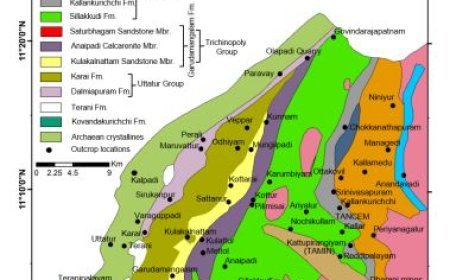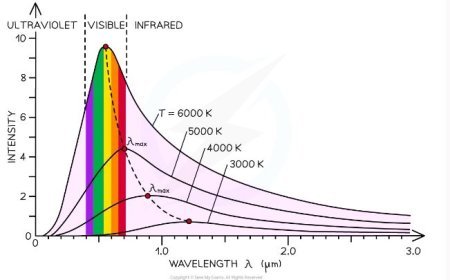CHEMOSTRATIGRAPHY
Discover the science of chemostratigraphy, which analyzes the chemical composition of rocks to reconstruct Earth's history. Understand its importance in understanding geological processes.

CHEMOSTRATIGRAPHY
- A branch of stratigraphy, chemostratigraphy utilizes the chemical composition of sedimentary rocks to determine and correlate rock units.
- The study particularly examines the fluctuations in the geochemical characteristics of rocks, which can indicate alterations in the conditions under which rocks were deposited, the climate, and even the ancient organisms that inhabited them.
- Pay attention to chemical signatures. Unlike other methods like lithology or biostratigraphy, chemostratigraphy uses the amounts of elements, isotopic ratios, and organic biomarker makeup.
- Chemostratigraphic indicators, such as unique isotopic anomalies, may be consistently followed across long distances, enabling the establishment of worldwide relationships between geological formations.
- The field of chemostratigraphy offers significant contributions to determining the age of rocks and constructing a reliable chronological framework for geological phenomena.
Divisions within the field of chemoradiography
- Chemostratigraphy is not a homogeneous field.
- It includes several subdisciplines, each dedicated to very specialized elements of chemical analysis:
1. Geochemistry of Isotopes
- The analysis of fluctuations in the concentration of stable isotopes, such as carbon, oxygen, and strontium, is conducted to gain insights into historical climatic change, oceanic conditions, and diagenetic processes.
- Radioactive Isotopes: Utilizes the decay of radioactive isotopes such as uranium, thorium, and potassium to definitively establish the ages of rocks and events.
2. Geochemistry of Trace Elements
- The study of element abundance involves the examination of the spatial arrangement and concentration of trace elements, such as rare earth elements and platinum group members, in order to detect certain habitats, magmatic processes, and alteration events.
3. Geochemistry of Organic Matter
- Biomarkers: examine organic compounds (such as steroids and hopanes) to get insights on ancient organisms, paleoenvironments, and the chemical transformation of organic substances.
Utilizations of Chemostratigraphy
Chemostratigraphy is of paramount importance in several geological investigations:
- Petrochemical exploration involves the identification of source rocks, reservoir rocks, and migratory routes for hydrocarbons.
- Paleoclimate reconstruction is a critical method that yields significant information on historical climate conditions and their temporal variations.
- Mineral Deposit Exploration: aids in the identification and correlation of mineralized zones, therefore aiding exploration endeavors.
- Environmental studies offer a valuable understanding of the consequences of human actions on the natural environment.
Challenges and Prospects for the Future
- The technique of chemostratigraphy, albeit highly effective, is not without its difficulties.
- The accuracy and reliability of results rely on the use of high-quality samples and the implementation of rigorous analytical techniques.
- Comprehending the intricate interaction of geological processes seen in geochemical data necessitates meticulous interpretation.
- Potential future paths are the integration of chemostratigraphic data with other geological datasets, the development of novel analytical methodologies, and the application of machine learning algorithms for data analysis.
What's Your Reaction?



































